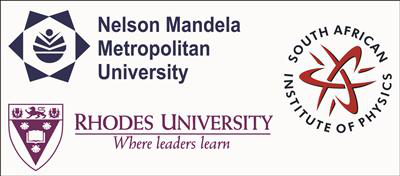Speaker
Abstract content <br> (Max 300 words)<br><a href="http://events.saip.org.za/getFile.py/access?resId=0&materialId=0&confId=34" target="_blank">Formatting &<br>Special chars</a>
Pasteurised milk constitutes for 51% of the liquid milk production in South Africa. This paper presents an overview of a dairy processing plant for pasteurised milk. A low cost empirical model is built and developed using the minimum measurable parameters to predict the desire output (quantity of the pasteurized milk produce) in a dairy plant. The mathetical model took into account the number of lactating cows per given milking time, the amount of raw milk produced and electrical energy consumption at Fort Hare Dairy Trust. The average ambient temperature and relative humidity were also determine for the various pasteurized milk period. Critical process temperatures for pasteurised milk production were monitored and electrical energy consumption measured using power and energy logging meter. The percentage cost of electrical power consumption for the production of pasteurised milk in relation to the cost of milk per litre is also presented. As a final point, a statistical test was conducted to determine the contribution of each of the predictors by weight of importance to the quantity of the pasturized milk produce. The findings from the empirical model will be used in future work on energy efficiency in the dairy sector.
Key words: Empirical modelling, Energy efficiency, Pasteurisation, Predictors
Apply to be<br> considered for a student <br> award (Yes / No)?
Yes
Would you like to <br> submit a short paper <br> for the Conference <br> Proceedings (Yes / No)?
Yes
Please indicate whether<br>this abstract may be<br>published online<br>(Yes / No)
Yes
Level for award<br> (Hons, MSc, <br> PhD, N/A)?
PhD
Main supervisor (name and email)<br>and his / her institution
Dr M. Simon MSimon@ufh.ac.za University of Fort Hare Institute of Technology

